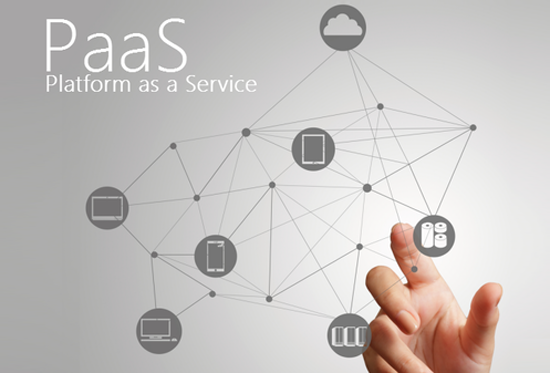
Submitted by Gaurav K on
Developers are highly creative and almost childlike; if you give them building blocks and space to create they will build amazing and wonderful things. Platform as a Service (PaaS) is that creative space.
Non-developers can easily miss the value of PaaS. It can be hard to understand why PaaS, and the developers that use it, are quickly becoming crucial to technology projects.

The Age of PaaS
Modern developers differ a lot from last century programmers. Programmers used to have a very hard time delivering value. They would be pinned behind their desks hammering on their keyboards for weeks and months. And that painful history brought us PaaS.
In this new PaaS age huge software libraries of applications are already packaged and ready to deploy, while automated tools speed up the development lifecycle. Programmers also evolved into developers. Developers are now empowered to code, test, and deploy an upgrade in matter of hours; they can create complex prototypes in a single day.
The cloud computing stack
Today everyone is aware of the three components of cloud computing technology stack— Infrastructure as a Service (IaaS), PaaS, and Software as a Service (SaaS). These elements replaced the three abstraction layers in a computer network: Hardware layer as the foundation, OS layer and Application layer on top. Those layers were all about the technology, the cloud IaaS/PaaS/SaaS layers are however oriented towards customers, and there lies the difference.
IaaS provides customers with infrastructure components like storage, DNS, and networking without the need to manage them. Therefore IaaS providers are providing traditional technology building blocks to their customers.
PaaS providers on the other hand do not manage operating systems for its customers. PaaS service allows a customer to deploy applications created using programming languages, libraries, services, and tools supported by the provider. This means that PaaS is the cloud layer that is targeted at application developers.
A parallel can be drawn with a SaaS provider that aims to provide only the technology that directly serves the customer while hiding everything else. PaaS is much closer to this idea than to IaaS, in essence you can view PaaS as SaaS for “nerds”.
Why PaaS is similar to SaaS
PaaS providers treat developers like consumers. When developers become PaaS customers they are given the opportunity to make the most of their talents. It is rather obvious that developers are looking to reduce their overhead by using a PaaS provider.
After all PaaS technology is a way to eliminate all the hassles of development, allowing developers to build and deploy applications without having to worry about anything else. And it is the result of almost 50 years of improvements.
Today it is not uncommon to hear that the code controls the world. When we know that code is maintained by the developers the previous statement may very well soon be changed into “Developers and PaaS are running the world”.


Add new comment